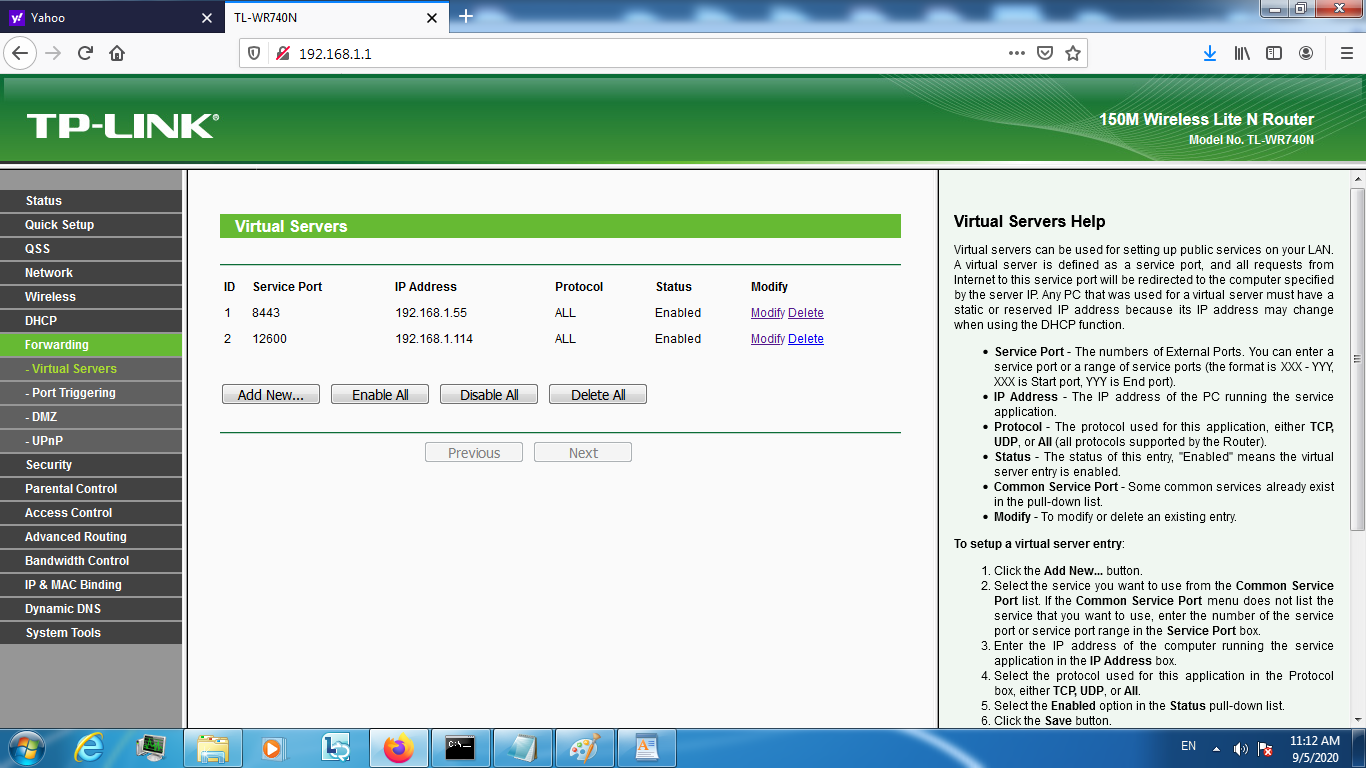Enabling inward communication
1. Introduction
If you did not previously read please check these articles as a pre-requisite before enabling inward communication -
- 'Local and global IP addresses' .
- 'Outward and inward communication' .
In the simplest case when there are only 2 participants in IP communication - Alice and Bob each of them can have:
- either outward only IP communication
- or, outward and inward IP communication
The article goes over the various scenarios and gives one example of enabling of the inward communication.
2. Outward only for both, or outward + inward for both cases in IP communication
In the case of both Alice and Bob have outward only type of communication they can not establish direct communication with each other. The only way of communicating is using a third party which forwards the data - receives from one then send to the other user.
This is the current situation of worldwide Internet communication where users have to use centralized servers which assist in collecting and forwarding data.
In the case of both Alice and Bob have outward + inward type of communication they can establish direct communication with each other at any time without any other third party assistance.
3. Outward only for one, and outward + inward for the other case in IP communication
Direct Communication becomes possible when at least one the users have enabled the inward mode of IP communication. For example in addition to having outward only communication Alice has enabled inward IP communication, but Bob has outward only communication.
In this case Bob can directly call Alice. However when Alice wants to call Bob, she needs assistance and has to leave a request to a third party, then Bob has to check for and fulfill requests to call that he finds. Or, Bob has to periodically call/poll Alice to check if she wants to exchange data.
4. Example of enabling inward communication
Important - The device which controls the inward mode of communication is the modem/switch/router device - mentioned in the 'Local and global IP addresses' article .
It is Only at home where the user has full control of their modem/switch/router device and can do a log-in, a change in settings and enable inward communication.
Usually this device is accessible for all users on the local network and has a default address - gateway address, like for ex. 192.168.0.1 or 192.168.1.1.
Different devices have different menus.
When the user opens a browser and types in the address bar for ex. - 192.168.1.1 , then a menu comes asking for id and a password to log-in.
The image shows the menu of the specific device after log-in.

To enable inward communication the user has to:
- type port number, for ex. 12600 for 'service port'
- type the local IP address for 'ip address'
- select 'TCP' or 'ALL' for 'protocol'
- push 'save' button
